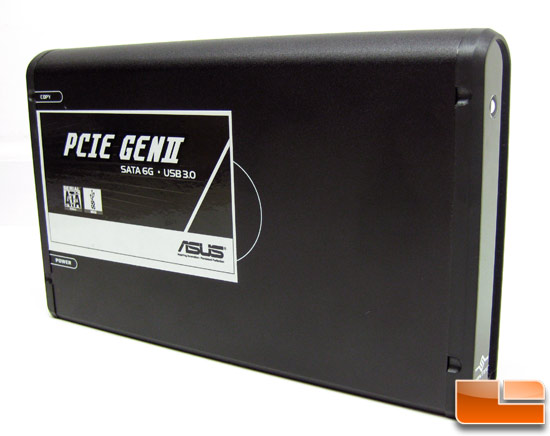SuperSpeed USB 3.0 on the ASUS P7P55D-E Premium
Final Thoughts and Conclusions

We’d like to start off by saying thanks to our supporters over at ASUS for giving us a chance to take a sneak peak at the USB 3.0 device that they kindly sent over. Our testing here today showed USB 3.0 reaching 135MB/s, which is only
three to four times faster than the vast majority of USB 2.0 devices.
This is a huge performance difference and is amazing if you actually
think about it. In the seven years that Legit Reviews has been doing hardware reviews seeing a performance jump of this magnitude is often unheard of. SuperSpeed USB 3.0 performance on the ASUS P7P55D-E Premium motherboard was simply amazing and offered a much better user experience than SATA 6Gbps, which Legit Reviews took at look at last month. What is amazing is that USB 3.0 performance should still get better.
As we previously told you, the key feature of USB 3.0 is the SuperSpeed bus, which provides a fourth transfer mode at 4.8 Gbit/s. The raw throughput is 4 Gbit/s, and the USB 3.0 specification considers it reasonable to achieve 3.2 Gbit/s (0.4 GByte/s or 400 MByte/s) or more after protocol overhead. Since we are only reaching speeds of 135MB/s it means we aren’t fully utilizing the capabilities of USB 3.0. This is likely due to a number of reasons, but once improved drivers, controllers, chipsets and devices come to market it is likely that USB 3.0 performance will only get better. Rumor has it that Intel chipsets won’t support USB 3.0 until 2011, but Intel has been known to pull in roadmaps and surprise people in the past. For now if you want to run USB 3.0 you need to get a motherboard like the ASUS P7P55D-E Premium gets USB 3.0 functionality by using the NEC 720200 controller that is connected to a bridge chip that then connects to the Intel P55 chipset PCI bus lanes. We can imagine some performance is being lost by using this method, but there is nothing the motherboard manufactures can do since Intel hasn’t brought a chipset to market with the technology built-in.
Legit Bottom Line: We were able to reach 135MB/s on USB 3.0 on the same external drive that could only reach 35MB/s on USB 2.0. Seeing performance gains of up to 4x is amazing and will certainly peak the interest of consumers.

Comments are closed.